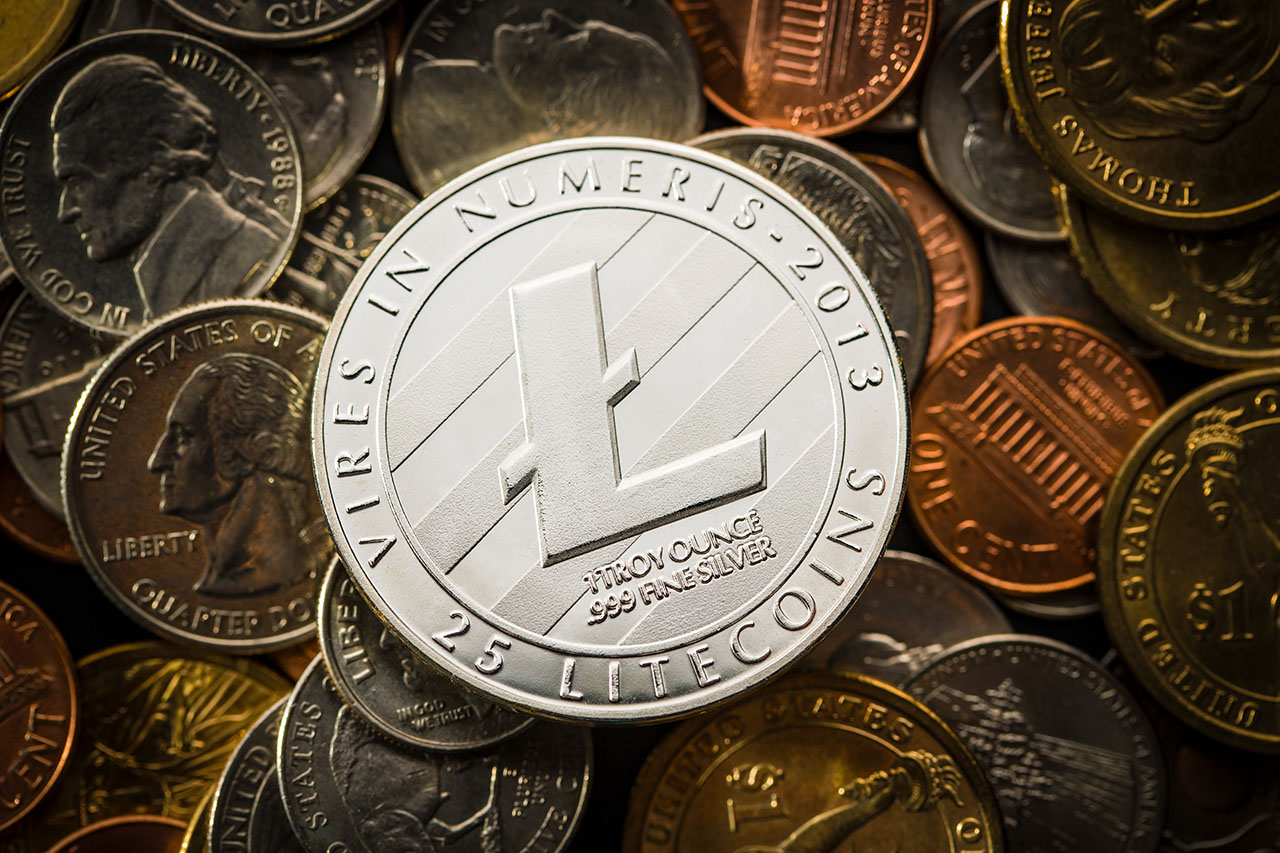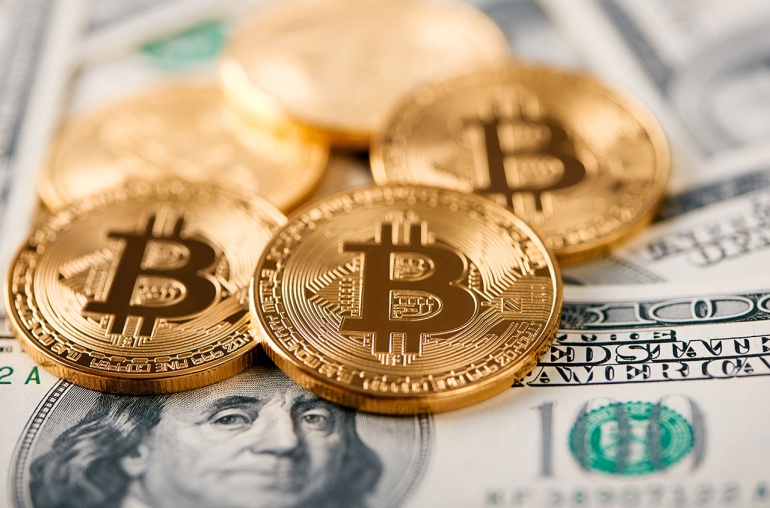Money as we know it might cease to exist in the coming times. The future may include a digital version of the cash we all carry in our wallets/purses. The ever-growing cryptocurrency market (Bitcoin, Litecoin, Ethereum, etc.) could also shape the way we carry out financial transactions. In either case, the currency system that has been known to the world for decades could be on the verge of a major transformation. Read on as we discuss the future of money and how the different digital currencies differ from physical currency.
The Future of Money
Even before the novel coronavirus spread its tentacles around the globe, people had been steadily warming to the idea of “virtual” and “contactless” payments. This shift has only been accelerated since. It has also been accompanied by a greater acceptance of cash alternatives like cryptocurrencies. For instance, the post-pandemic surge in Bitcoin prices has reignited interest in private digital money.
This emergence of cryptocurrencies has prompted many central banks to consider “digitizing” their national currencies. And unlike physical money, digital currencies (cryptocurrencies, stablecoins, etc.) tend to be cheaper – due to no intermediaries – and more widely accessible.
Even though a whopping 97% of the money in circulation today is from checking deposits (traditional currency dollars deposited online and changed to digital code by a commercial bank), digitization of credit/debit cards along with banking apps has pushed many traditionally cash-based transactions into the digital realm.
What Is Digital Currency?
In general, any payment or money transfer that takes place electronically can be referred to as “digital currency.” However, “electronic money” and “digital currency” are different. The former is regular money, or fiat currency, used in virtual form.
Simply put, paper money can take both electronic and physical forms. However, digital currency only exists in electronic format.
The process of replacing paper money with its electronic counterpart is well on its way. Some would say that it has already happened, particularly in the more developed countries where most transactions are now exclusively conducted through electronic means.
The process of replacing paper money with its electronic counterpart is well on its way. Some would say that it has already happened, particularly in the more developed countries where most transactions are now exclusively conducted through electronic means.
Digital currencies, on the other hand, are still at a relatively nascent stage of their evolution.
Types of Digital Currencies
Digital currencies are usually classified into 3 different groups.
Central Bank Digital Currencies (CBDCs)
This is the digital version of the money we use in day-to-day transactions. The money involved here is the direct liability of that country’s central bank. Various central banks around the world (China, Sweden, Japan, Nigeria, and the United Kingdom) are now experimenting with CBDCs. The European Central Bank is also setting up its own CBDC trial. Interestingly, the Bahamas has taken the initiative to launch the world’s first CBDC – the Sand Dollar! However, the basic concept is still in its early stages.
Different technologies are used in the management of CBDCs. While this largely depends on the preferences of a particular country, a “distributed ledger system” is the most common. It is a sort of database with the ability to store financial records (transaction history, credit details, etc.) across multiple entities controlled by a central bank.
Such systems are different from Blockchain, the technology behind popular cryptocurrencies like Bitcoin. With the central bank managing the distributed ledger entities, there is no cryptocurrency-like decentralization. This is also why a CBDC cannot be classified as a cryptocurrency.
Swapping physical currency for a CBDC has quite a few benefits. For one thing, it will bring a lot of previously unbanked consumers into the banking loop. This will help low-income groups to access basic digital banking and payment systems with ease. Moreover, CBDCs can significantly deter criminal activities dependent on anonymous cash transactions. Examples include drug dealing and money laundering.
Cryptocurrency
Unlike traditional physical currency and its digital equivalent, cryptocurrencies such as Bitcoin and Litecoin are fully decentralized. More often than not, their value is determined through demand and supply.
Proponents argue that cryptocurrencies can make payment systems much more efficient. One reason is the speed and transparency with which they allow cross-border transactions. This can be helpful in different situations, especially for people who need to send money to relatives and friends overseas urgently.
Bitcoin, the most popular cryptocurrency in the cryptocurrency market, was launched back in 2009. Backed by a carefully crafted Blockchain, the idea was to use it as a peer-to-peer financial mechanism. Supply is controlled tightly by those at the helm, and this built-in scarcity of the currency is considered a store of value by its holders.
Stablecoins
+ank, Stablecoins are normally pegged to a reserve asset like gold or the US dollar. Their biggest benefit is enabling easily accessible and low-cost digital payments within and beyond national borders.
This is precisely why the economic advisors of incumbent US President Joe Biden have recommended that legislation be passed to limit the issuance of Stablecoins to insured banks. They have argued that proper regulation of this digital currency group will support quicker, efficient, and more inclusive payment options.
Greater use of Stablecoins as a medium of exchange can benefit unbanked low-income households and small businesses, particularly street vendors. They won’t have to put up with strict banking terms while still dealing in a system backed by the national currency.
Pegged to US dollar reserves, Tether is currently the largest Stablecoin in market value.
Parting Thought: A Multitude of Payment Options
Given the pace of digitalization and technological development today, it seems inevitable that digital currency will replace paper money. This is certainly a more convenient option than carrying around wads of cash.
However, the shift to virtual and contactless transactions would not replace the existing currency system. It is more a case of doing away with “hard copies” of money and using its “soft copies” for day-to-day dealings instead.
However, the case of cryptocurrencies is different. The flexibility and ease of usage over a decentralized network are likely to attract more people in the future.
All in all, we can assume that there will be a variety of payment options available for consumers.



